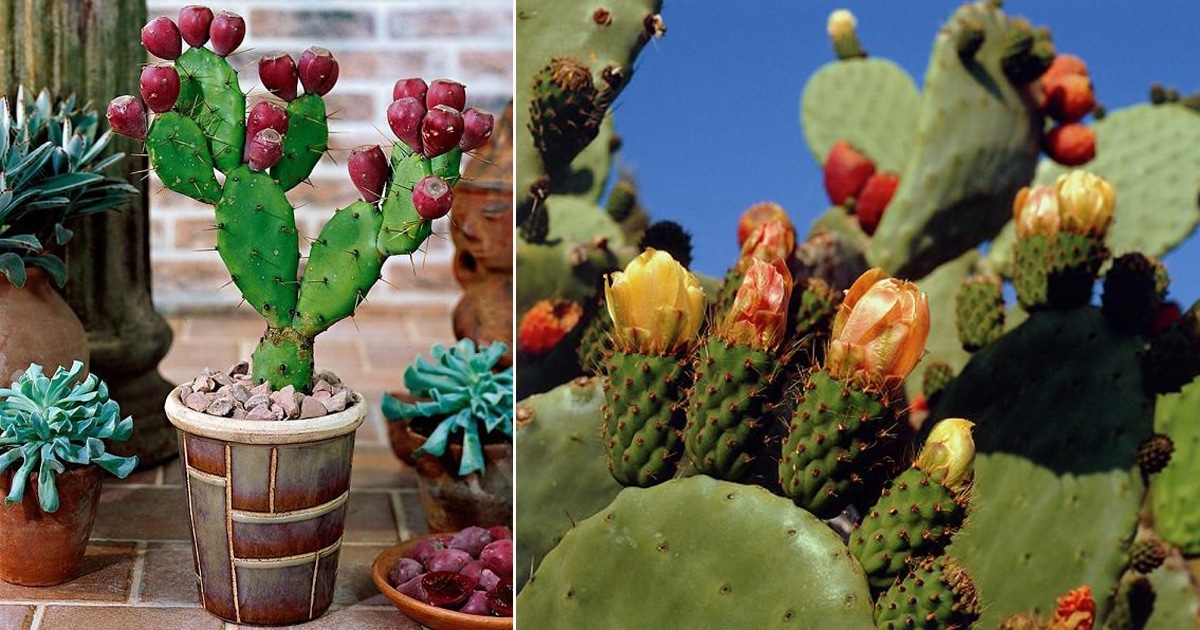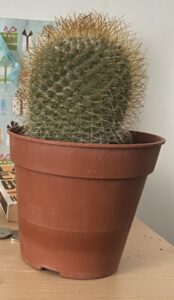Planting a Prickly Pear Cactus: Tips and Tricks for Successfully Growing Prickly Pears
The prickly pear cactus, an exquisite member of the Opuntia genus, is not only visually striking with its vibrant pads and captivating blooms but also possesses an array of practical benefits. From producing juicy, edible fruits to serving as a drought-tolerant landscape solution, the prickly pear is a plant that intrigues both casual gardeners and seasoned horticulturists alike. This guide will encompass vital aspects of establishing and nurturing this remarkable cactus, ensuring that you can cultivate a thriving clutch of prickly pears.
Understanding the Marvelous Morphology of Prickly Pears
Before delving into the specific steps of planting, it’s crucial to appreciate the unique morphology of the prickly pear cactus, which contributes to its aesthetic appeal. Characterized by flat, paddle-shaped pads that are often adorned with spines and glochids, this succulent can elicit fascination from anyone who encounters it. In the spring, these pads burst forth with brilliant, colorful blossoms that can be yellow, red, or even pink. This riot of colors attracts pollinators and adds an extraordinary visual element to any garden or landscape.
Furthermore, the fruit, or “tunas,” that emerges post-blooming carries a striking appearance, typically characterized by a bright hue and a succulent texture. Not only are these fruits edible, but they bring both an ornamental and functional dimension to the plant. Understanding this morphology allows gardeners to appreciate the role each component plays in the plant’s overall health and ecological interactions.
Soil Selection: The Foundation of Your Prickly Pear Paradise
Establishing a robust prickly pear begins with selecting the appropriate soil. The cactus thrives in well-draining sandy or rocky substrates that closely mimic its native arid habitats. A soil blend rich in organic matter can promote healthy growth while preventing water retention, which can lead to root rot – a nemesis for these drought-loving plants. Consider incorporating pumice, perlite, or coarse sand into your soil mix for optimal drainage.
Ensure that the pot you select has ample drainage holes. If planting in-ground, amending your native soil with gravel or sand can provide the necessary drainage. It’s essential to test your soil’s pH, aiming for a slightly acidic to neutral range for the best results. The right soil mix does wonders for the plant’s overall vitality, fostering a strong foundation for roots to establish and thrive.
Choosing the Right Varietals: Selecting Your Prickly Pear
There is a mesmerizing variety of prickly pear cacti, each with unique characteristics. Consider renowned varietals such as Opuntia ellisiana, known for its exceptional adaptability and ornamental qualities, or Opuntia ficus-indica, which produces notably large and sweet fruits. Your selection should align with your climate zone and intended growing conditions. Some varieties are drought-tolerant and better suited for arid environments, while others may demand a bit more care to flourish.
When selecting your prickly pear, inspect the pads for signs of health and vigor. They should be firm and free from discoloration or lesions. Young pads, known as “nopalitos,” are not only attractive but can be harvested for culinary uses and are often priced favorably at local markets. Assess the mature pads, as a well-established cactus will have a more robust growth pattern, which can be advantageous for your garden aesthetics.
Mastering the Planting Process: A Guide to Successful Establishment
Once you’ve chosen your variety and prepared your soil, you can proceed with the planting process. For container gardening, fill your selected pot with the prepped soil mix, leaving space at the top for watering. If planting in-ground, create a hole that is one to two times wider than the root system of your newly acquired cactus. Carefully remove the plant from its original container, taking care to avoid damaging the delicate roots.
Position your prickly pear upright within the hole and backfill with soil, ensuring that the pad bases are slightly above ground level to minimize moisture retention around the stems. Water thoroughly after planting to help settle the soil, but avoid over-saturating. Allow the cactus to acclimate to its new environment with minimal interference for the initial weeks. The goal is to promote deeper root growth before subjecting the plant to full exposure.
Watering and Maintenance: Nurturing Your Prickly Pear
Establishing a watering routine is essential for the sustained growth of prickly pears. During the growing season, water deeply but infrequently to encourage a robust root system. Allow the soil to dry out completely between watering sessions, as consistent moisture can lead to complications. Employing a well-thought-out irrigation strategy during the high heat of summer months can be crucial, especially in arid regions.
As a general rule, fertilization is unnecessary for prickly pears, provided they are planted in nutrient-rich soil. If you choose to fertilize, opt for a diluted, balanced cactus fertilizer during the growing season to give your plants an extra bit of nourishment. Also, be vigilant for pests like scale or aphids, which can occasionally target your cacti. A gentle rinse and occasional inspection will help mitigate infestations.
In conclusion, successfully growing prickly pear cacti involves a firm understanding of their intrinsic characteristics, tailored soil selection, proper planting techniques, and astute care practices. With proper attention to these factors, your prickly pear garden can flourish, yielding a stunning visual tableau while providing delicious fruits and a fascinating plant care journey. So, embark on your prickly pear adventure today and marvel at the beauty and utility these remarkable cacti provide.





Leave a Comment